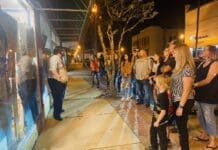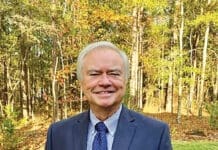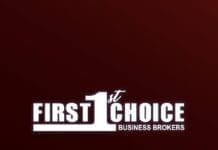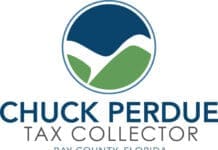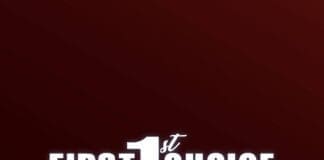By Jon Carroll
November is a month of gratitude. One of the many things I am grateful for as an American is free speech. I have witnessed firsthand the importance of, and debates surrounding free speech for many years. My first employment post law school was with the University of Florida. During my time with the institution, we dealt with numerous issues touching on free speech – “don’t tase me bro” being the most viral. In recent years, with protests on college campuses, the murder of Charlie Kirk, and “No Kings Day”, discussion of this particular freedom has made its way into news programs, social media posts and the collective discourse.
“Congress shall make no law respecting an establishment of religion, or prohibiting the free exercise thereof; or abridging the freedom of speech, or of the press; or the right of the people peaceably to assemble, and to petition the Government for a redress of grievances.” Among other things, the First Amendment to the U.S. Constitution protects citizens from government censorship of speech. That means, at its core, the government cannot punish or restrict expression simply because it is unpopular, offensive, or controversial. This protection extends to spoken words, written statements, artistic expression, and symbolic acts like burning a flag. The Supreme Court has consistently upheld these protections—not to endorse every viewpoint, but because the free exchange of ideas is essential to truth, progress, and democracy itself. As Justice Louis Brandeis wrote in 1927 in his concurring opinion in Whitney v. California, “the fitting remedy for evil counsels is good ones,” meaning that the best antidote for harmful or false speech is not suppression, but more speech.
This belief in open dialogue lies at the heart of the First Amendment. The idea is simple but powerful: if bad or offensive ideas are allowed to be heard, they can also be challenged, disproved, and defeated in the marketplace of ideas. When the government tries to decide which opinions may be spoken, it risks silencing truth along with falsehood.
One of the most misunderstood illustrations of free speech’s limits is the phrase “you can’t yell fire in a crowded theater.” Sometimes this is cited as proof that speech has broad restrictions. In reality, this phrase originated in a 1919 Supreme Court case, Schenck v. United States, where Justice Oliver Wendell Holmes used it as an example of speech that poses a “clear and present danger.” The point wasn’t that offensive or upsetting speech can be banned, but that speech which directly and immediately threatens harm—like inciting a panic—is not protected. Later cases refined this standard, and today, speech can only be restricted when it incites imminent unlawful action or makes a true threat of violence.
Another important concept is the “heckler’s veto.” This occurs when officials silence a speaker because others might react badly to what’s being said. For instance, canceling a rally or speaker due to fears of disruption effectively gives the hecklers power to veto the speaker’s rights. Courts have repeatedly rejected this approach, recognizing that the government’s duty is to protect speech, not suppress it to avoid controversy.
Freedom of speech can be messy, even uncomfortable. It means tolerating and respectfully engaging with ideas that offend, challenge, or disturb us. As Justice Brandeis and many others have affirmed, the remedy for speech we dislike is not censorship, but more speech—something for which to be grateful.



























